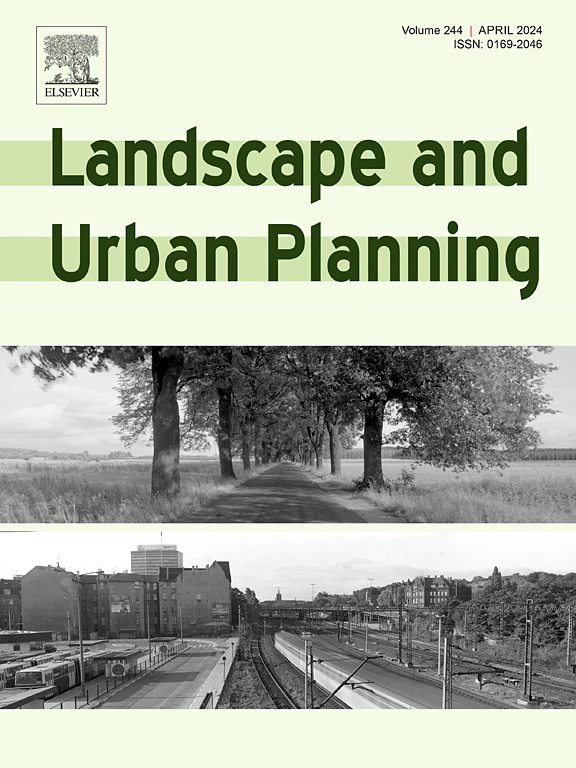Balancing practicality and aspiration: A comparative analysis of sustainable holistic planning system toolkit designs
IF 9.2
1区 环境科学与生态学
Q1 ECOLOGY
引用次数: 0
Abstract
Sustainability planning toolkits serve as critical instruments for guiding communities toward environmental, social, and economic resilience. Yet toolkits vary widely in their design, influencing how communities balance local flexibility with global sustainability commitments. While prior research has emphasized the risks of greenwashing and green fatigue, this study identifies an additional key tension: the balance between practical realism and aspirational idealism. We introduce the Sustainable Holistic Planning Systems Taxonomic Screening Instrument (SHPS-TSI) to systematically evaluate toolkits across ten design dimensions. Using this instrument, we conduct a comparative analysis of planning toolkits from diverse geographic, governance, and institutional settings. Our findings reveal strategic variations in toolkit orientation—from compliance-driven, incremental models to transformative, leadership-focused frameworks. We further present the SHPS Alignment Matrix, a novel two-axis framework for categorizing toolkits based on their ambition and their orientation toward local or global priorities. The study concludes by highlighting the importance of transparency in toolkit design and advertising, reflexive self-assessment for communities, and the inclusion of diverse environmental knowledge systems. These strategies can help mitigate green fatigue and greenwashing while fostering authentic, sustained commitment to sustainability planning.
平衡实用性和愿望:可持续整体规划系统工具包设计的比较分析
可持续性规划工具包是指导社区实现环境、社会和经济弹性的关键工具。然而,工具包的设计差异很大,影响了社区如何平衡地方灵活性与全球可持续性承诺。虽然之前的研究强调了绿色清洗和绿色疲劳的风险,但这项研究发现了另一个关键的紧张关系:现实现实主义和理想主义之间的平衡。我们引入可持续整体规划系统分类筛选工具(SHPS-TSI)来系统地评估十个设计维度的工具包。使用这一工具,我们对来自不同地理、治理和制度环境的规划工具包进行了比较分析。我们的发现揭示了工具箱导向的战略变化——从遵从性驱动的增量模型到变革性的、以领导力为中心的框架。我们进一步提出了SHPS对齐矩阵,这是一个新的双轴框架,用于根据工具包的野心和对本地或全球优先事项的定位对工具包进行分类。该研究最后强调了工具包设计和广告透明度、社区反思性自我评估以及包括各种环境知识系统的重要性。这些策略有助于缓解绿色疲劳和洗绿现象,同时促进对可持续发展规划的真实、持续的承诺。
本文章由计算机程序翻译,如有差异,请以英文原文为准。
求助全文
约1分钟内获得全文
求助全文
来源期刊

Landscape and Urban Planning
环境科学-生态学
CiteScore
15.20
自引率
6.60%
发文量
232
审稿时长
6 months
期刊介绍:
Landscape and Urban Planning is an international journal that aims to enhance our understanding of landscapes and promote sustainable solutions for landscape change. The journal focuses on landscapes as complex social-ecological systems that encompass various spatial and temporal dimensions. These landscapes possess aesthetic, natural, and cultural qualities that are valued by individuals in different ways, leading to actions that alter the landscape. With increasing urbanization and the need for ecological and cultural sensitivity at various scales, a multidisciplinary approach is necessary to comprehend and align social and ecological values for landscape sustainability. The journal believes that combining landscape science with planning and design can yield positive outcomes for both people and nature.
 求助内容:
求助内容: 应助结果提醒方式:
应助结果提醒方式:


